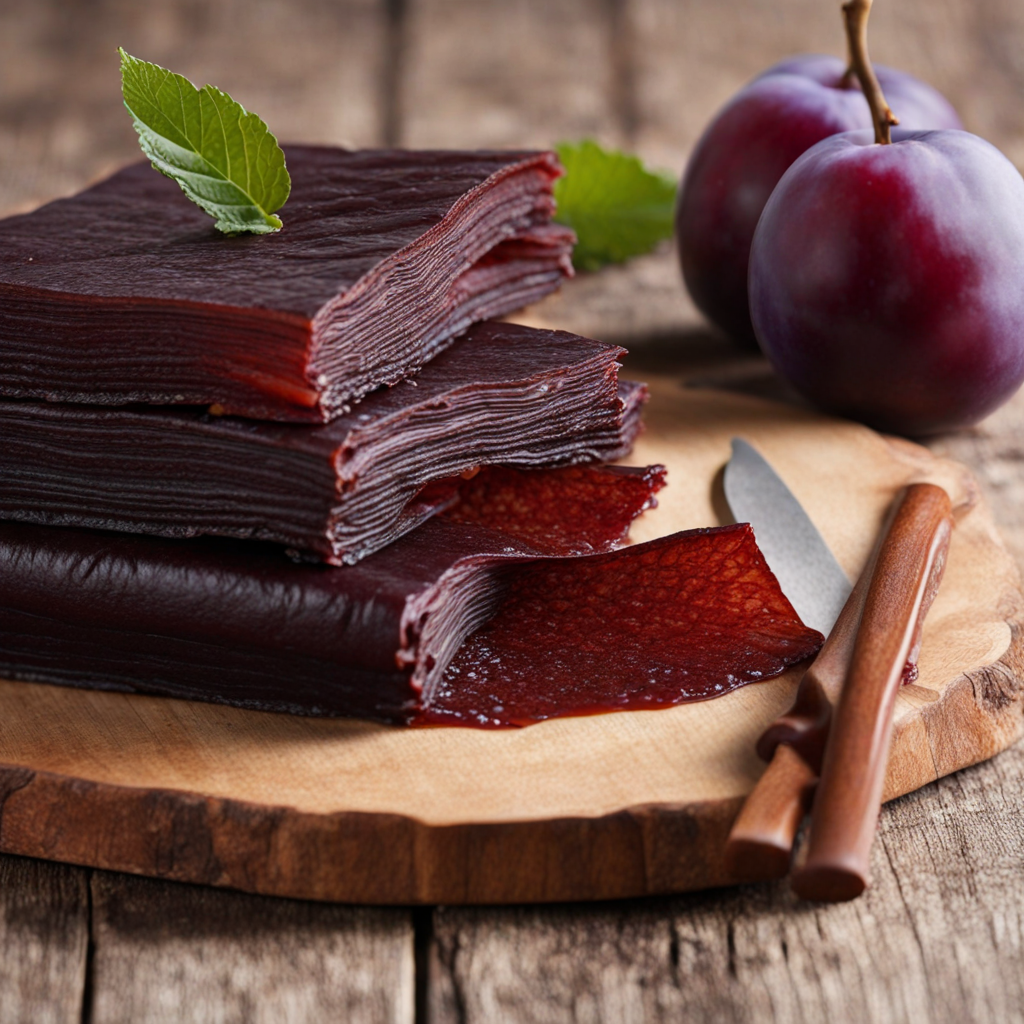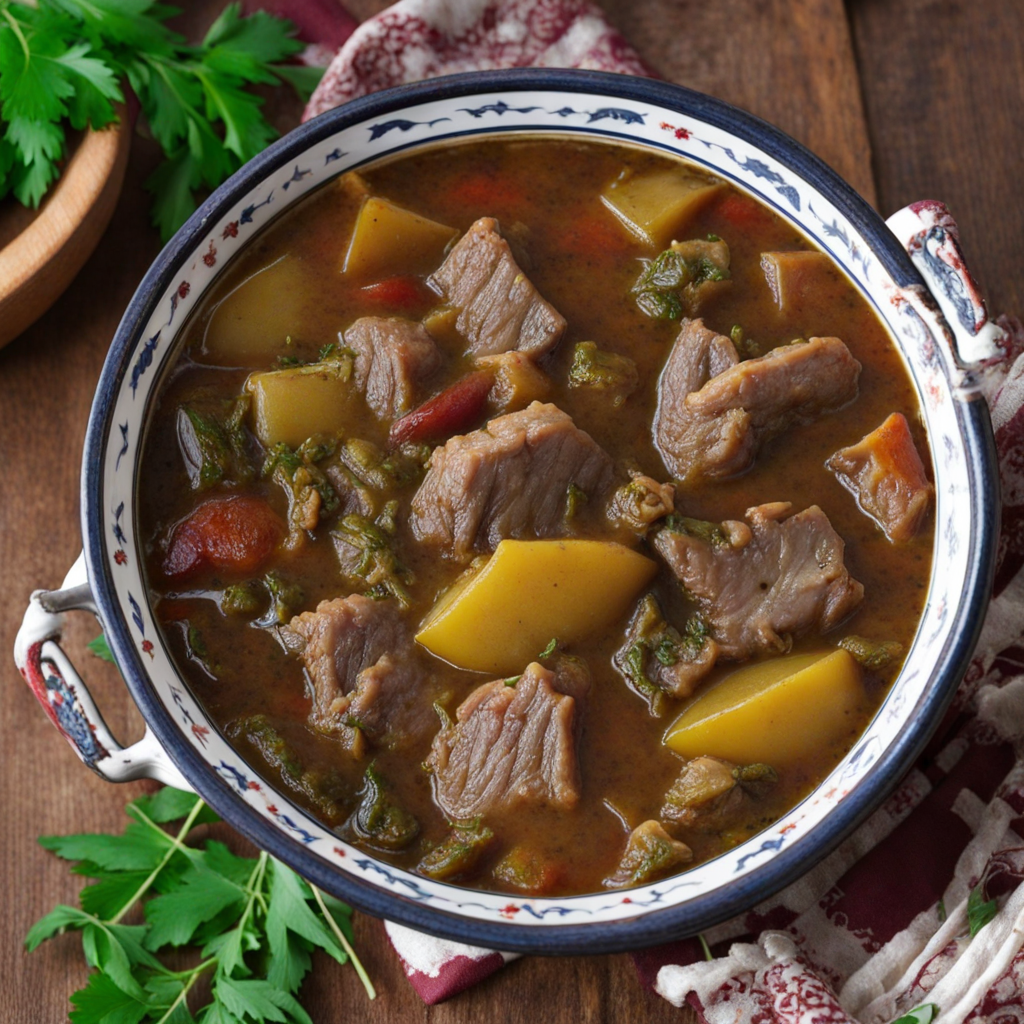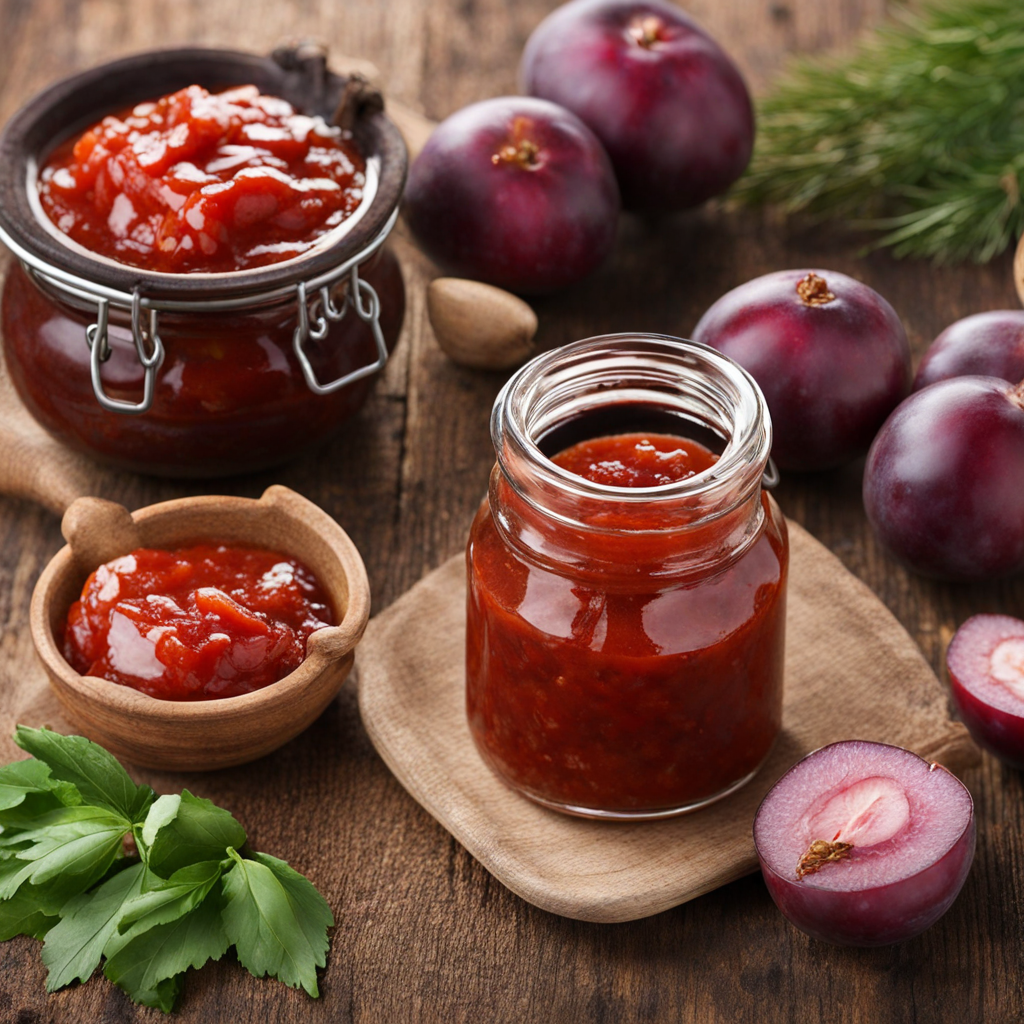Tatara
Tatara is a delightful Georgian dish that showcases the rich flavors and culinary traditions of the region. This savory treat is prepared using finely chopped meat, often lamb or beef, which is marinated in a blend of aromatic spices and herbs. The meat is then mixed with fresh vegetables, such as tomatoes, onions, and herbs like cilantro, creating a vibrant and flavorful combination. The seasoning typically includes a variety of spices such as coriander, garlic, and black pepper, which elevate the dish and provide a tantalizing depth of flavor. The preparation of Tatara involves a unique cooking technique where the marinated meat is grilled or cooked over an open flame, allowing it to develop a smoky aroma that perfectly complements the fresh ingredients. The dish is often served with a side of traditional Georgian bread, known as shoti, which is perfect for scooping up the hearty mixture. The textural contrast between the tender meat and the crunchy vegetables creates a delightful eating experience that is sure to please any palate. Tatara can be enjoyed as a main course or as a part of a larger spread of Georgian dishes, making it a versatile addition to any meal. Its balance of flavors, combining the richness of the meat with the freshness of the vegetables, reflects the essence of Georgian cuisine. For those looking to explore new tastes, Tatara is a must-try dish that captures the warmth and hospitality of Georgia, inviting you to savor every bite.
How It Became This Dish
The History of ‘ტატარა’ (Tatar) in Georgia #### Origins ‘ტატარა’ (pronounced "Tatar") is a traditional Georgian dish that reflects the rich tapestry of cultural influences that have shaped the region over centuries. Its origins can be traced back to the culinary traditions of the North Caucasus and the interaction between the indigenous Georgian peoples and the various ethnic groups who settled or passed through the region, particularly the Tatars. The term 'Tatar' itself is derived from the Tatar people, a Turkic ethnic group whose history is interwoven with that of the Georgian lands. The Tatars migrated into the South Caucasus, including Georgia, during the Mongol invasions in the 13th century. As they settled, they brought with them culinary practices and ingredients that would later influence Georgian cuisine, particularly in regions like Adjara and western Georgia. The dish 'Tatar' itself is a type of flatbread, often made from a mixture of flour, water, and yeast, and is typically filled with a variety of savory ingredients such as cheese, potatoes, or meats, and then baked until golden. This simple yet versatile dish is emblematic of the broader tradition of bread-making in Georgia, where bread is not merely a food item but a symbol of hospitality and community. #### Cultural Significance In Georgian culture, food plays a pivotal role in social interactions and celebrations. The preparation and sharing of ‘Tatar’ exemplify this cultural ethos. It is often served during family gatherings, feasts, and festive occasions, symbolizing togetherness and warmth. The communal aspect of making ‘Tatar’ is noteworthy. Traditionally, families would gather to prepare the dough, fill it with ingredients, and bake it in a clay oven known as a “tone.” This process not only fosters bonds among family members but also serves as a way to pass down culinary traditions from one generation to the next. The act of making ‘Tatar’ is often accompanied by stories and memories, further embedding the dish into the fabric of Georgian culture. In addition to its role in family and community gatherings, ‘Tatar’ has also found a place in religious and seasonal celebrations. It is often prepared during the harvest season when fresh ingredients are plentiful, symbolizing abundance and gratitude. Moreover, it is common to see ‘Tatar’ served during religious holidays, where it is blessed and shared among family and friends, reinforcing its significance in both secular and spiritual contexts. #### Development Over Time As Georgia underwent various historical transformations, so too did the dish ‘Tatar’. The Russian Empire, the Soviet Union, and the rise of modern Georgian nationalism each left their mark on the culinary landscape, including the preparation and perception of ‘Tatar’. During the Soviet era, there was a push for standardization and homogenization of food practices across the republics. While many traditional dishes faced the risk of being diluted, ‘Tatar’ managed to retain its essence. It became a staple in Soviet-era canteens and bakeries, often prepared in bulk and sold to workers. This period saw the emergence of commercially available versions of ‘Tatar,’ making it more accessible to the masses while simultaneously introducing variations that incorporated Soviet-era ingredients. With the dissolution of the Soviet Union in 1991, Georgia experienced a renaissance of its culinary heritage. The country’s newfound independence prompted a resurgence of interest in traditional foods, including ‘Tatar’. Chefs and home cooks began to experiment with the dish, incorporating local ingredients and flavors unique to different regions of Georgia. This creative freedom led to a revival of traditional methods of preparation, highlighting artisanal techniques and regional variations. In contemporary Georgia, ‘Tatar’ has transcended its humble beginnings to become a beloved dish that is served in both homes and restaurants. It is particularly popular in Georgia’s Adjara region, where coastal influences have led to variations that include seafood or spices unique to the area. The dish has also made its way onto the menus of modern establishments that focus on fusion cuisine, showcasing the adaptability of ‘Tatar’ to contemporary palates while honoring its historical roots. The global interest in Georgian cuisine has also contributed to the popularity of ‘Tatar’ beyond the borders of Georgia. As Georgian restaurants pop up in cities around the world, ‘Tatar’ is being introduced to new audiences, further solidifying its place in the broader culinary narrative. This global exposure often sparks interest in the history and culture behind the dish, driving a deeper appreciation for its origins and significance. #### Conclusion ‘Tatar’ is more than just a dish; it is a reflection of Georgia's complex history and rich cultural heritage. Its journey from a traditional flatbread brought by the Tatars to a beloved staple of Georgian cuisine encapsulates the dynamic interplay of influences that have shaped the culinary landscape of the region. Through its preparation and consumption, ‘Tatar’ fosters community, celebrates traditions, and adapts to modern culinary trends. Today, it stands as a testament to the resilience of Georgian culture, embodying the spirit of hospitality, creativity, and the enduring connection to the land and its people. As ‘Tatar’ continues to be enjoyed by new generations and shared among friends and families, it remains a cherished symbol of Georgia's vibrant culinary identity, a dish that tells the story of its past while embracing the future.
You may like
Discover local flavors from Georgia







